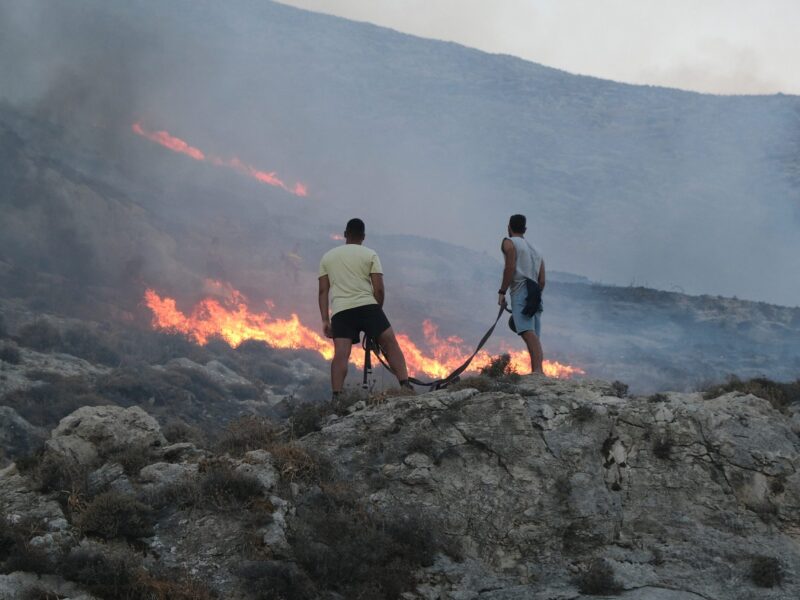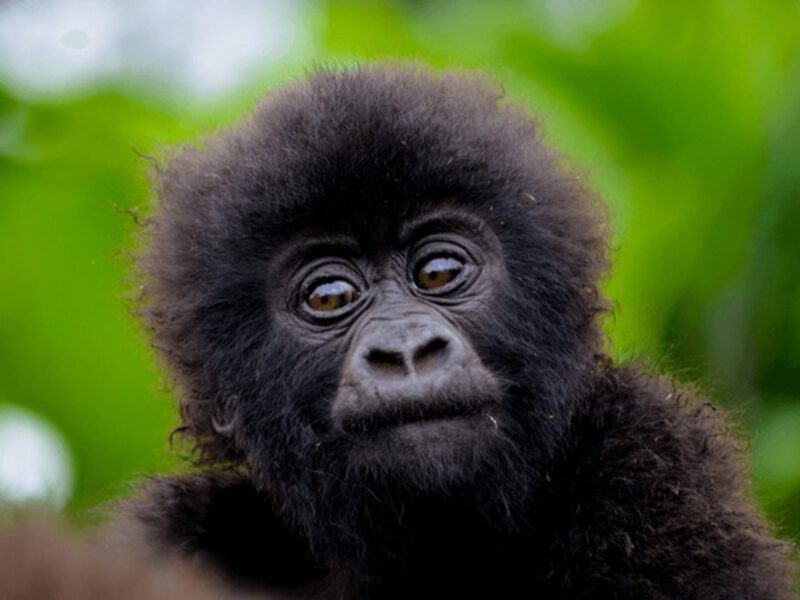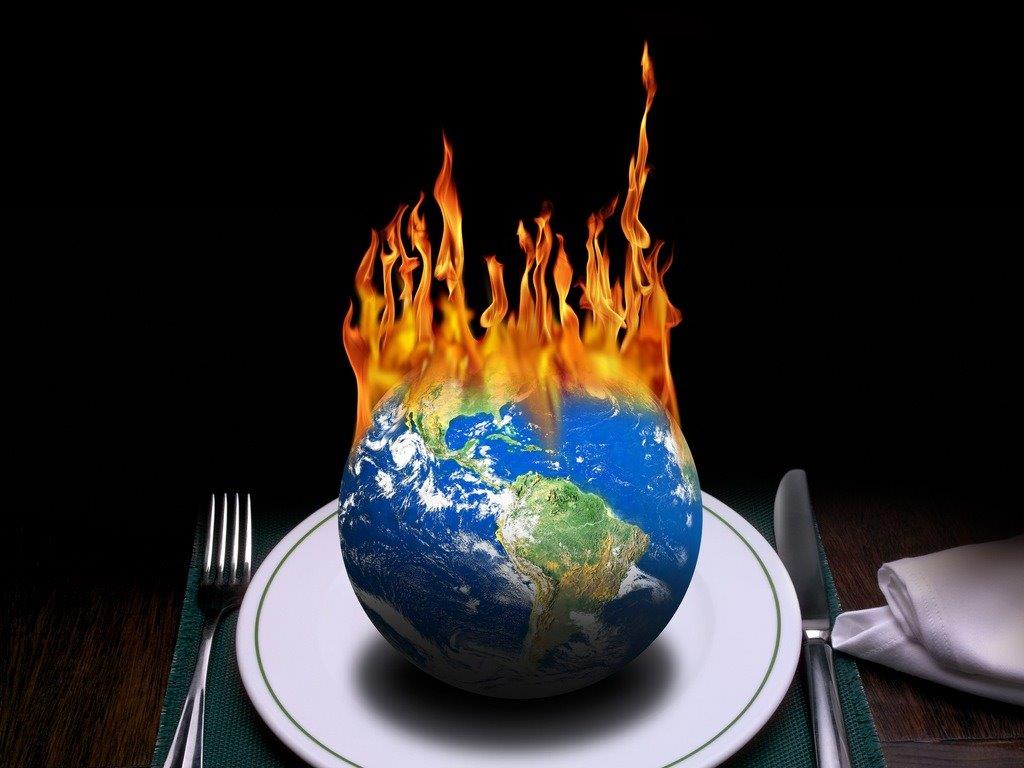
OUR DEADLY DIET
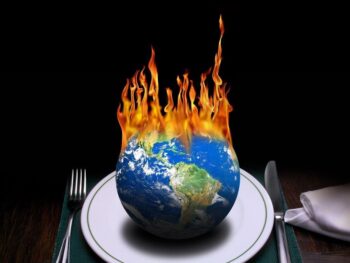
Credit: imagedepotpro
Last night the BBC aired a powerful documentary ‘Meat: A threat to our Planet’ presented by Liz Bonnin who investigated everything from colossal factory farms in the USA to the destruction of the Amazon rainforest in her quest to understand the impact of our hunger for meat.
If you missed it, I urge you to view it on BBC iplayer
I welcome programmes exploring the impacts of factory farming animals on animal welfare, on wildlife and on our planet. I know from experience that it is hard to encourage the broadcast media to agree to air such documentaries. All too often they seem believe that their audiences won’t engage or like what they might see but fortunately Sir David Attenborough’s Blue Planet has done much to start breaking down the barriers. ‘Business as usual’ is simply not an option so it’s good to see mainstream television viewers being exposed to what’s happening to our world.
The links between factory farming and wildlife decline are not immediately obvious. Indeed, it was a while before I grasped the full extent of the impact; that factory farming is a major driver of species declines.
The sight that really sparked me to dedicate a book to the issue came a few years ago, while I was visiting South Africa and it was something that Liz Bonnin also recognises in her documentary.
I was launching my first book, Farmageddon, near Boulders Beach along the Cape Peninsula, where a colony of African penguins had recently set up home near to residential houses. A visitor centre there sold all kinds of penguin memorabilia.
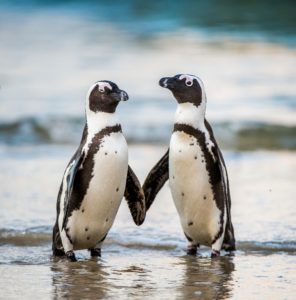
Credit: Philip Lymbery
What struck me was a display board listing the ‘threats’ to the species, which included “reduction of penguin food supply by commercial fishing.” In other words, African penguins are being driven to the edge of extinction, because we’re hoovering up their food from the sea – and there’s little left for them to eat.
You might think this fish is ending up on our plates, but most of it is being ground down and fed to farm animals – caged and confined in factory farms. I found that African penguins in South Africa and Humboldt penguins in Peru have suffered serious declines in numbers. As fish is hoovered up from the sea, seabirds are being starved to oblivion.
That’s why I decided to dig beneath the surface. I had to find out how many other cherished wildlife species were being impacted by factory farming. What I found was staggering.
One example can be found in Sumatra, where deforestation to make way for intensive palm plantations is destroying the last of the Sumatran elephant’s habitat. I discovered that large quantities of palm kernel, the edible nut from the trees, is being shipped out to feed intensively farmed cattle and other animals back in the EU. This boosts the profitability of the palm industry, encouraging further deforestation and more species-rich jungle to be cleared for sterile plantations. The elephants’ shrinking habitat is leading to increased conflict between elephants and people, leading to sharp declines in a remarkable creature down to its last 2,500 individuals.
Factory farming sets off a cascade of devastating cruelty. Farm animals are removed from the land into crowded sheds. Their feed is grown in vast crop prairies, doused in artificial fertilisers and chemical pesticides. The creation of these intensive monocultures causes the removal of many trees, bushes, hedges; and the loss of wildflowers, seeds, insects, birds, bees, bats and other wildlife; pretty much excluding all life but the crop.
In the 50 years since factory farming was widely adopted, half the world’s wildlife has disappeared.
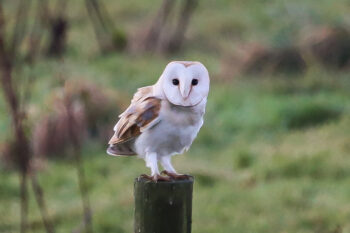
Credit: Philip Lymbery
The loss of such iconic species is a high price indeed to pay for supermarket shelves stocked high with cheap meat – but species closer to home are suffering at the hands of factory farming too, such as the barn owl, the skylark or the bumblebee.
Ecosystems are like society’s life-support systems; without them, the environment that supports us stops functioning properly. For species, like the bumblebee, their pivotal role is easy to see; bees and their likes are responsible for pollinating a third of our crops worldwide. Losing them forever would entail a chain reaction of unimaginable scale. We can’t let this happen.
It’s easy to clamour for increased food production to feed the growing population in an attempt to justify factory farming. But the truth is, factory farming wastes food, not makes food. We already produce enough food for twice the human population today, but most of it is wasted, not least by feeding grain to farm animals. Much of the protein and calories produced from scarce arable land is lost in conversion to meat, milk and eggs.
Raising animals on pasture or as part of habitat-rich mixed farms, is a much more efficient way to produce food, leaving arable land for growing nutritious crops to feed people instead. It’s also better for wildlife and the welfare of the farm animals too.
I believe that all animals deserve to feel the joy of living – the fresh air, sunlight on their backs and space to roam. What I’ve discovered is that when animals are returned to the land in the right way, in well-managed mixed rotational farms, whole landscapes have the chance to spring to life. Helping to revive a living countryside can be as easy as choosing to eat less and better meat, milk, and eggs from pasture-fed, free-range or organic animals – with a cascade of positive benefits for the environment, wildlife, farm animals, and us.


